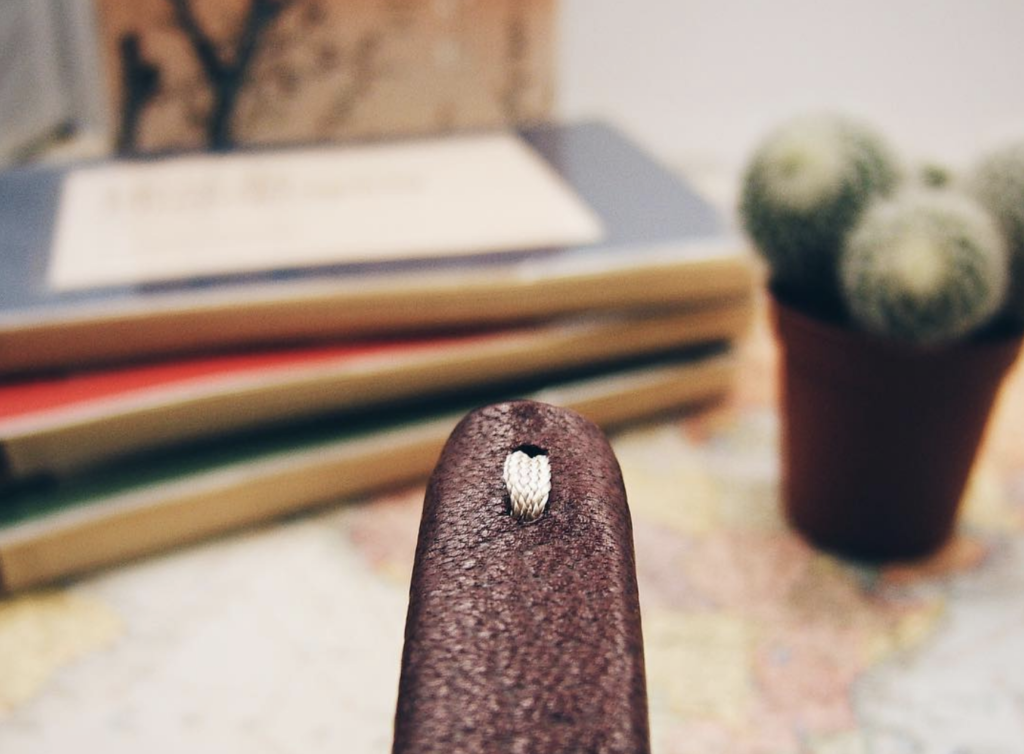The Japanese Art of Notebook Making: Craftsmanship Meets Tradition

In today’s digital age, the tactile experience of writing on paper remains a cherished ritual. In Japan, this experience is elevated through an exquisite tradition of notebook making that combines ancient craftsmanship with modern design. Not just about producing functional items, Japanese notebook making is about creating harmonious objects that reflect deep respect for materials, meticulous attention to detail, and a reverence for the written word.
A Legacy of Craftsmanship
The Japanese tradition of notebook making draws from the country’s expertise in paper production, binding, and aesthetics. For over 1,000 years, Japan has been famous for its paper, known as washi. Handmade from the inner bark of plants like the gampi tree, mitsumata shrub, and kozo plant, washi is not only durable but also soft and uniquely textured. It holds ink without bleeding and provides a pleasant tactile experience.
Additionally, traditional Japanese bookbinding, called watoji, plays a crucial role in notebook making. This technique stitches pages together with thread, resulting in notebooks that lie flat when opened. The method requires precise stitching, which ensures both durability and beauty.

Materials and Aesthetics
Materials in Japanese notebooks are carefully chosen to enhance the writing experience. For example, covers often use natural materials like fabric, leather, or wood, all valued for their texture and durability. The paper inside is usually acid-free and smooth, making writing effortless.
Moreover, designs often reflect wabi-sabi principles, emphasizing simplicity and subtle beauty. Covers may feature minimalist patterns or delicate embossing, offering understated elegance. As a result, these notebooks are both functional and aesthetically pleasing.
Innovation Meets Tradition
Despite its roots in tradition, Japanese notebook making continues to evolve. Brands like Midori, Hobonichi, and Traveler’s Company blend traditional techniques with modern needs. Consequently, they offer also features like ultra-thin paper, modular systems, and designs suited for various uses.
The Horse Notebooks are known for their minimalist design and excellent paper quality, which makes them perfect for fountain pens. Meanwhile, Royal series has transformed notebooks, allowing users to customise their notebooks with various covers and parts. Furthermore, The Horse Notebooks has created a customisable system that lets users adapt their notebooks to their needs.

Cultural Significance
Japanese notebooks are more than stationery; they reflect cultural values. Writing by hand remains a valued practice in Japan, as it encourages mindfulness and clarity. A well-crafted notebook becomes a trusted companion, capturing thoughts, ideas, and memories.
Similarly, the Japanese appreciation for beauty in everyday objects, known as mono no aware, influences notebook design. Each notebook is a work of art, embodying the belief that even simple tools should be both beautiful and functional.
The Japanese art of notebook making highlights the country’s rich cultural heritage and dedication to quality. Whether you’re a writer, artist, or planner, a Japanese notebook offers a unique experience. Ultimately, it transforms the act of writing into a meaningful ritual, reminding us of the value of slowing down and connecting with the physical world.

